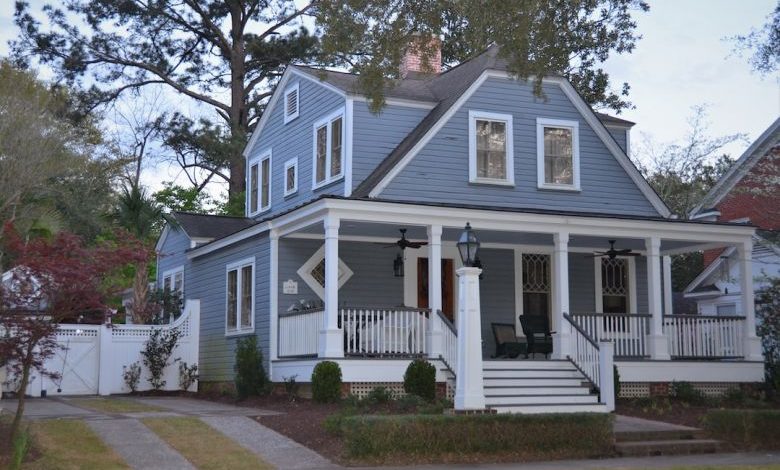How Often Should House Siding Be Replaced?

Your home’s siding serves a vital purpose in protecting it from the elements and enhancing its curb appeal. Over time, however, siding can deteriorate and lose its effectiveness. So, how often should house siding be replaced? In this article, we will explore the factors that determine the lifespan of siding and provide some guidelines for when it may be time to consider replacement.
Understanding the Lifespan of Siding
Before discussing how often siding should be replaced, it is important to understand the typical lifespan of different siding materials. The longevity of siding can vary depending on factors such as the material used, climate conditions, maintenance, and quality of installation. Here are some common types of siding and their approximate lifespans:
1. Vinyl Siding: Vinyl siding is one of the most popular choices for homeowners due to its durability and low maintenance requirements. On average, vinyl siding can last anywhere from 20 to 40 years, depending on the quality of the material.
2. Wood Siding: Wood siding offers a timeless and natural aesthetic, but it requires regular maintenance to prevent rot and insect damage. With proper care, wood siding can last between 20 to 40 years.
3. Fiber Cement Siding: Fiber cement siding is a durable and low-maintenance option that can mimic the appearance of wood or masonry. It has an average lifespan of 30 to 50 years.
4. Aluminum Siding: Although less common nowadays, aluminum siding was popular in the past due to its affordability. It typically lasts around 20 to 30 years before needing replacement.
Signs that Siding Needs Replacement
While the lifespan of siding can give you a general idea of when it may need replacement, there are several signs to look out for that indicate it is time to take action. Here are some common indicators that your siding may need replacing:
1. Cracks and Holes: Cracks or holes in the siding can allow moisture to penetrate, leading to further damage and potential mold growth. If you notice significant cracks or holes, it is a clear sign that replacement is necessary.
2. Fading and Discoloration: Over time, exposure to sunlight can cause siding to fade and lose its vibrant color. If your siding has significantly faded or become discolored, it may be time to consider replacement for aesthetic reasons.
3. Warping and Rot: Siding that is warped, buckling, or showing signs of rot is a clear indication that it has reached the end of its lifespan. Not only does this compromise the integrity of your home’s exterior, but it can also lead to further damage if left unaddressed.
4. High Energy Bills: If you notice a sudden increase in your energy bills, it could be a sign that your siding is no longer providing adequate insulation. This can occur as siding ages and loses its ability to keep your home properly sealed.
Determining When to Replace Siding
While the lifespan and signs of damage are essential factors to consider, it is also important to assess the overall condition of your siding. Regular inspections by a professional can help identify any issues that may not be immediately noticeable. Additionally, factors such as climate conditions and the quality of installation can impact the lifespan of your siding.
As a general guideline, it is recommended to replace siding every 20 to 40 years, depending on the material. However, if you notice any of the signs mentioned earlier or have concerns about its condition, it is best to consult with a professional for an accurate assessment.
Conclusion: Maintaining the Integrity of Your Home’s Exterior
House siding plays a crucial role in protecting your home from the elements and maintaining its overall appearance. While the lifespan of siding can vary depending on several factors, regular inspections and proactive maintenance can help extend its longevity.
By being aware of the signs that indicate the need for replacement and taking action promptly, you can ensure that your home remains well-protected and visually appealing for years to come. Remember, when in doubt, consult with a professional to assess the condition of your siding and make an informed decision.




